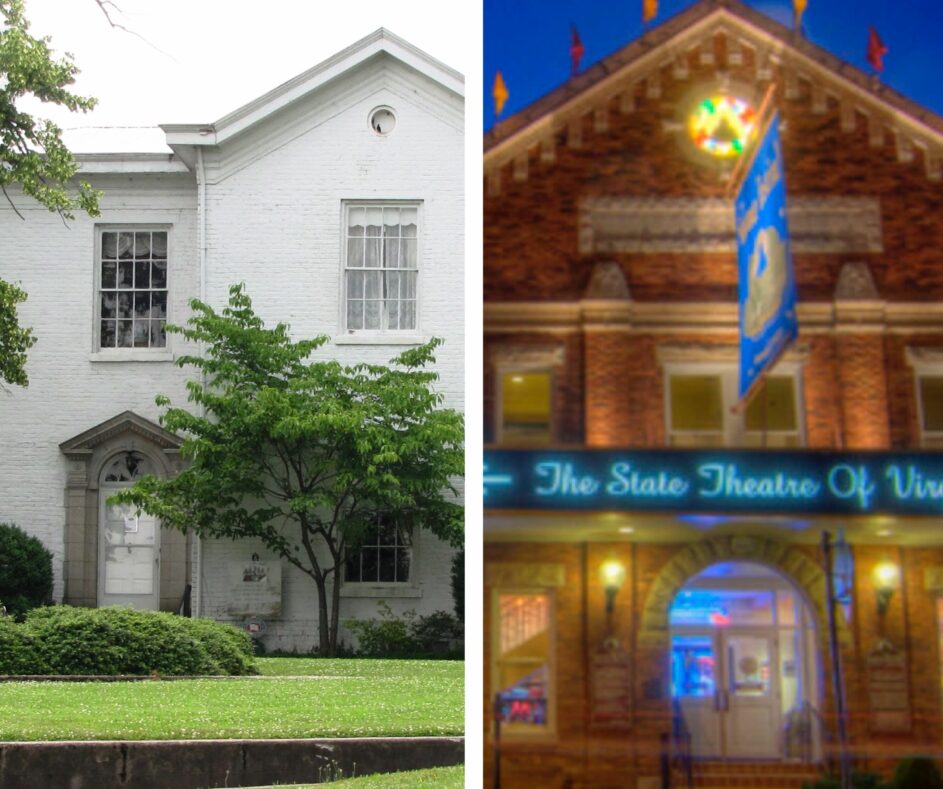As often happens when stuck in a dead-end rabbit hole in pursuit of one story, I trip over another by complete accident, and thus the day is saved. Combing through the archives of the McClung Collection can be that way.
As it is, I stumbled across a piece of Knoxville literary history that I had never heard of, and now I have two books to track down by turn of the last century author Anne Audubon Wetzell Waldrop Armstrong – Anne Armstrong for short.

Anne Armstrong
Armstrong was a native of Grand Rapids, Michigan. Born in 1872, she moved to Knoxville with her family sometime in the 1880s. Her father was a lumber man. She attended Mount Holyoke College and the University of Chicago. She wrote for the school newspaper at Holyoke.
She returned to Knoxville after college and first married Leonard T. Waldrop with whom she had one son before their union ended in divorce. All of that excitement happened in the space of two years. She later married Robert F. Armstrong of the Bleak House/Crescent Bend/Westwood Armstrongs, Bleak House being named in honor of the Charles Dickens novel of the same name.
The Knoxville version of late Victorian/early Edwardian high society was not to her taste, apparently, and became the backdrop of one novel and one play. Armstrong anonymously published her first novel, “The Seas of God,” in 1915. It was set in fictional Kingville, which stood in for Knoxville. It tells the story of a young unwed mother struggling to survive in a morally restrictive southern town while her professor father is dying. Her father has been blacklisted for teaching Darwin’s Theory of Evolution (did Armstrong foretell the Scopes trial?). In the end, the young woman turns to the world’s oldest profession (shades of “Moll Flanders”) to improve her financial situation.
Ralston Matheny reviewed one of her plays, “Granny’s Millions” at the Barter Theatre in Abingdon, Virginia, for the Knoxville News Sentinel. “Granny’s Millions” also threw an elbow at Knoxville. This was 39 years after the novel’s publication, and he touched on the controversy around the story when it first appeared.
Matheny wrote “Some few years ago, Mrs. Armstrong published anonymously a novel about Knoxville, in which her depictions of some of our leading citizens were perhaps too thinly veiled. At any rate, the Knoxville Police spent a couple of busy hours removing copies of the book from the shelves of local booksellers. The book would probably seem tame in these days, but back then it made quite a blast. While not vicious in nature, it lampooned and caricatured certain prominent Knoxville families.”
Armstrong moved to New York with her husband by 1918, where she worked for The National City Company and later Eastman Kodak. She regularly contributed to The Atlantic Monthly and Harper’s Monthly as well as kept up correspondence with the author Thomas Wolfe
Armstrong retired to Sullivan County just in time for the Great Depression and wrote another novel, “This Day and Time,” about the rural Big Creek community. The story focused on Appalachian life and ritual. The coming of the Tennessee Valley Authority and the damming of the Holston River forced another move. After moving about the southeast, she eventually settled on Abingdon, where she remained living at the Barter Inn until her death in 1958.
Beth Kinnane is community news editor for KnoxTNToday.com

